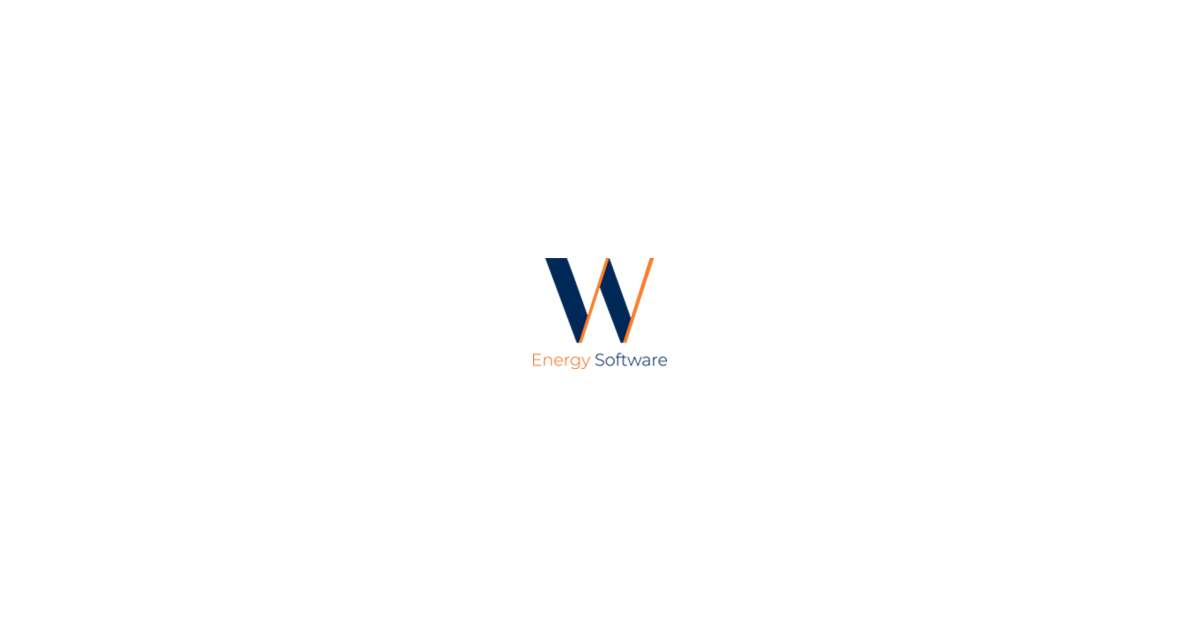How a one-man scrap metal recycler became the world’s most sustainable corporation – Corporate Knights

[ad_1]
It began in 1906 as a one-man scrap metal business in Portland, Oregon, called Alaska Junk Company. More than a century later, Schnitzer Steel has been named the world’s most sustainable corporation of 2023.
Steel is one of the world’s most carbon-intensive products (accounting for roughly 7% of human-produced CO2 emissions, the International Energy Agency’s Iron and Steel Technology Roadmap says), so having a corporation that makes steel products top Corporate Knights’ Global 100 ranking of the world’s most sustainable companies may seem surprising.
However, during its long history, Schnitzer Steel has developed into a global leader in the collection, processing and sale of the world’s most recycled product: steel. The company generates most of its revenues from recycling steel and other metals. And about a third comes from forging recycled scrap steel into finished products in electric arc furnaces that are powered by hydropower, making the metal extremely low carbon.
It’s only the second recycling company and the first steelmaking company to earn the top spot in the Global 100 since its inception in 2005, highlighting the growing importance of both the circular economy and low-carbon metals in creating a more sustainable future.
The company’s rise to the top of the ranking has been rapid. Last year was the first time it appeared in the index, when it placed 15th. While Schnitzer’s business model leaves it well placed to embrace sustainability, the spark for its current performance came almost a decade ago when the company launched what it called a sustainability framework.
“We’ve been recycling for about a century,” says Tamara Lundgren, Schnitzer’s CEO, chair and president. “But how do we incorporate that into a framework that our employees, suppliers, investors and communities can identify with? Weaving the bigger picture together with the specific targets into everything we do is what has allowed us to garner this honour.”
In 2019, the company set about bolstering its framework by adopting specific goals and metrics to track progress. These included reducing Scope 1 and 2 greenhouse gas emissions from recycling operations by 25% from 2019 levels by 2025, and reaching net-zero GHG emissions for all operations (steel manufacturing, metals recycling and auto dismantling) by 2050.
“For an ‘old economy’ company to be recognized as a sustainability leader is a great example of how sustainability principles can be successfully applied to an industrial company.”
—Tamara Lundgren, CEO, Schnitzer Steel
Schnitzer has not set specific Scope 3 emissions targets yet because it’s working through how best to account for and verify the emissions inventory data of the various external operations in its supply chain, Lundgren explains. “Once we have our arms around that information, we can confidently set and publish science-based Scope 3 targets. In the meantime, we are still pursuing Scope 3 emissions-reduction initiatives that provide low- and net-zero-carbon solutions for our customers. Our GRN Steel product offering is a good example of such an initiative.”
This year, Schnitzer’s emissions were 24% lower than in 2019, its baseline year when it started tracking its GHGs. This reduction has come from the introduction of measures such as investments in best-available-technology emission control systems that, at the company’s Oakland, California, facility, reduce its Scope 1 emissions by around 3,500 megatons of carbon dioxide equivalent a year. Other measures include improved energy efficiency, the use of alternative fuels and resource-conservation projects.
For all its sustainability credentials, the company’s operations aren’t without environmental impact. Recycling metals, while essential to the circular economy, can be a hazardous business. Its Pick-n-Pull car recycling subsidiary paid US$2.5 million in 2022 to settle allegations from 14 district attorneys in California that the company had illegally disposed of toxic materials and had stormwater pollution issues. “When contacted by prosecutors, Pick-n-Pull promptly implemented improved procedures and practices relating to their hazardous waste disposal,” said Contra Costa County District Attorney Diana Becton.
A few years ago, Schnitzer Steel was also involved in a legal dispute with the Oakland Athletics baseball team over the presence of a metals shredding plant near the team’s proposed new ballpark on the waterfront. An appeals court ultimately sided with the company.
Reduce, reuse, recycle
Schnitzer’s approach to sustainability has ultimately paid off, with the company returning a top-quartile performance on a range of Global 100 indicators. It saw a 74% increase in energy productivity over last year and made significant improvements in water (69%) and carbon (55%) productivity. It also scored well for its proportion of non-male board members (five out of nine are women) and racially diverse executives, while it also saw a significant drop in its worker injury rate. The company’s ranking also received a boost by its linking of its CEO’s pay to the achievement of sustainability targets (11% of variable compensation is tied to reaching these goals) and its policy of offering paid sick leave.
As for the profit side of things, last year was the second-best year in the company’s history. “Our people and planet goals are clearly not coming at the expense of profit,” Lundgren says.
“For a company that is 116 years old and that many consider to be ‘old economy’ to be recognized as a leading force in sustainability is a great example of how sustainability principles can be successfully applied to an industrial company.”
Schnitzer’s ascension to the top of the Global 100 is also quite timely, given the recent focus on how to decarbonize hard-to-abate industries, including steelmaking, and the importance of metals in the energy transition. Lundgren points out that technologies of the future like electric vehicles, wind turbines and battery storage are more metals-intensive than their fossil-fuel-powered predecessors.
Yet there is still a widespread ignorance of the importance of recycling steel, copper, aluminum and nickel – all of which Schnitzer recycles using its advanced metal recovery systems – in the energy transition, Lundgren adds.
“There has been underinvestment in metals and mining for years, and there are shortages of some critical ferrous and non-ferrous metals, which we recover and recycle,” she says.
“We can’t eliminate these shortages, but we can alleviate them. Metals recycling is one of the foundational pillars for global decarbonization.”
[ad_2]
Source link







